One of the unpleasant diseases that spread widely in the modern world is bladder inflammation or cystitis. This disease can be independent and may be a complication of other pathologies. Cystitis is a urinary tract disorder that involves inflammation of the bladder lining. It happens to men, women and children. Women are more susceptible to this disease due to the particularity of their body anatomy: the female urethra is short and wide, which is very convenient for infection to enter the body. Many people think of cystitis as a female disease. Here comes the question: Do men have cystitis? Answer: Sure, it happens, just not as often. In percentage terms, the incidence of cystitis is approximately 25% in women and 0. 5% in men.

The main cause of the development of an infectious inflammatory process in the bladder is Escherichia coli, but Chlamydia, Ureaplasma and Candida are also dangerous. The development of cystitis is facilitated by a sedentary lifestyle, which can cause circulatory disturbances in the pelvic organs and bladder, decreased immunity, metabolic disorders, menopause, consumption of spicy food, and diabetes. There are two forms of cystitis: acute and chronic. In acute cystitis, the patient has frequent and painful urination, and may bleed. The symptoms of chronic cystitis are similar, but less pronounced. Without necessary treatment, chronic cystitis can become interstitial.
All forms can seriously alter the usual lifestyle, reduce efficiency and cause psychological inconvenience, therefore, at the first symptoms, effective treatment should be initiated by a specialist. Cystitis is treated by urologists and gynecologists. These specialists determine how to treat bladder inflammation and prescribe treatments, which often include immune-boosting, inflammation-relieving and antibiotic pills. Cystitis is a multispecies disease. An example of cystitis is trigonitis. This means that the inflammation has spread to the cystic triangle. If only the lower part of the triangle is affected, we will discuss cervical inflammation of the bladder. Cervical cystitis gets its name from the localization of inflammation in the bladder neck region. Its treatment is a complex process that requires patients to adhere to bed rest, a strict diet and drink plenty of fluids.
Speaking of cystitis in women, it has to be mentioned that the disease tends to worsen before menstruation. Cystitis during menstruation is quite common. During this time, penetration of bacteria, protozoa, and viruses into the reproductive and urethral tracts becomes faster and more dangerous due to the anatomy and biology of the female body. Also, during menstruation, the immunity of a woman or girl is very fragile, and blood can be an excellent food source for uninvited guests if hygiene is not taken care of. In addition, fungi of the genus Candida are located in the vagina and can themselves cause cystitis and reduce immunity.
Childhood cystitis is also more common in girls than boys. This is due to the proximity of the short and wide urinary system to the anus. In addition, bladder inflammation in children can be caused by hypothermia, a weakened immune system, and genetic factors. Frequent wearing of diapers (which is common today) and the presence of stones in the urinary organs can promote cystitis in babies.
Bladder inflammation in men is a typical symptom of mature age. Male symptoms of the disease are the same as female symptoms. Almost always, cystitis in men develops due to the penetration of infection through blood from adjacent inflamed organs.
In addition to conventional understanding of the etiology of cystitis, there may be physical and mental provocation. The psychosomatic disease of cystitis has a place as the disease manifests during life changes. Bladder inflammation is commonly observed in people who tend to suppress or suppress mood.
Types of Cystitis
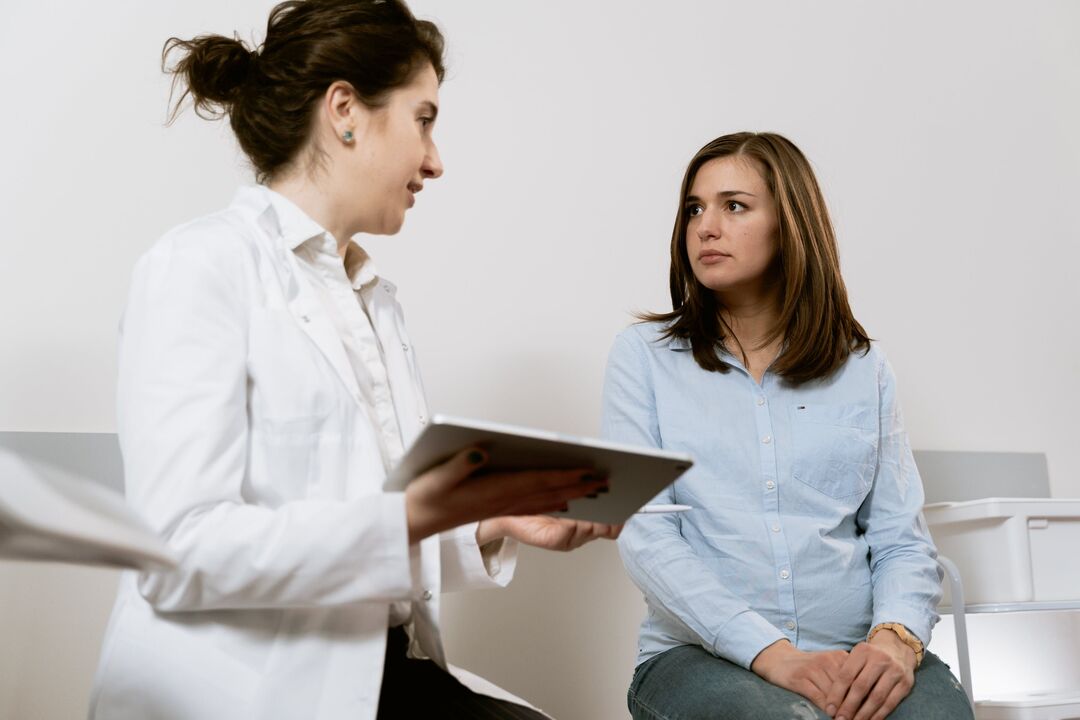
As mentioned above, there is a difference between acute and chronic cystitis. Acute inflammation of the bladder is understood as cystitis that first appears in the patient, it does not become a chronic disease. If cystitis occurs more than 2 times in 6 months or 3 times in a year, it is called recurrent cystitis. Cystitis exacerbation and acute cystitis are not synonymous. Worsening indicates complications of the disease. In the absence of effective and complete treatment, acute cystitis can become chronic cystitis. The development of acute cystitis is unexpected. The symptoms of acute cystitis are more pronounced than those of chronic cystitis. The aggravation of the disease mainly occurred in the spring and autumn. Gram-negative Enterobacteriaceae and coagulase-negative staphylococci are responsible for the development of infectious cystitis in most cases. There are various types of cystitis. Doctors distinguish between the following types: hemorrhagic, interstitial, radioactive, sexual, postcoital, cervical, hypercalcemic, chemical, allergic, and parasitic cystitis. Let's take a closer look:
- Hemorrhagic cystitis is inflammation of the bladder caused by an infection. It is characterized by excretion of urine with an unpleasant odor and bloody discharge;
- In interstitial cystitis, the inflammatory process develops as a result of non-infection. This species is characterized by pain and reduced volume when the bladder is full. Interstitial cystitis not only inflames the mucosa, but also the submucosa;
- One of the consequences of radiation therapy is radiation cystitis. This is due to damage to the bladder mucosa;
- Cystitis develops due to changes in the sex-based microbial community. Its subspecies is venereal cystitis, caused by sexually transmitted diseases;
- Postcoital cystitis occurs when the infection enters the urethra and bladder. The main pathogens are Escherichia coli, Mycoplasma and other infections;
- Cervical cystitis - inflammation of the neck of the bladder. Urinary incontinence may occur in this species;
- In cases of metabolic disorders, hypercalcemic cystitis may develop, especially when the kidneys begin to secrete crystals of calcium salts;
- With bladder poisoning, chemical cystitis develops, but is less common;
- Allergens that have entered the body (in the form of food, drugs, cosmetics and household chemicals) can cause allergic cystitis;
- Invasion of worms can often cause parasitic forms of cystitis
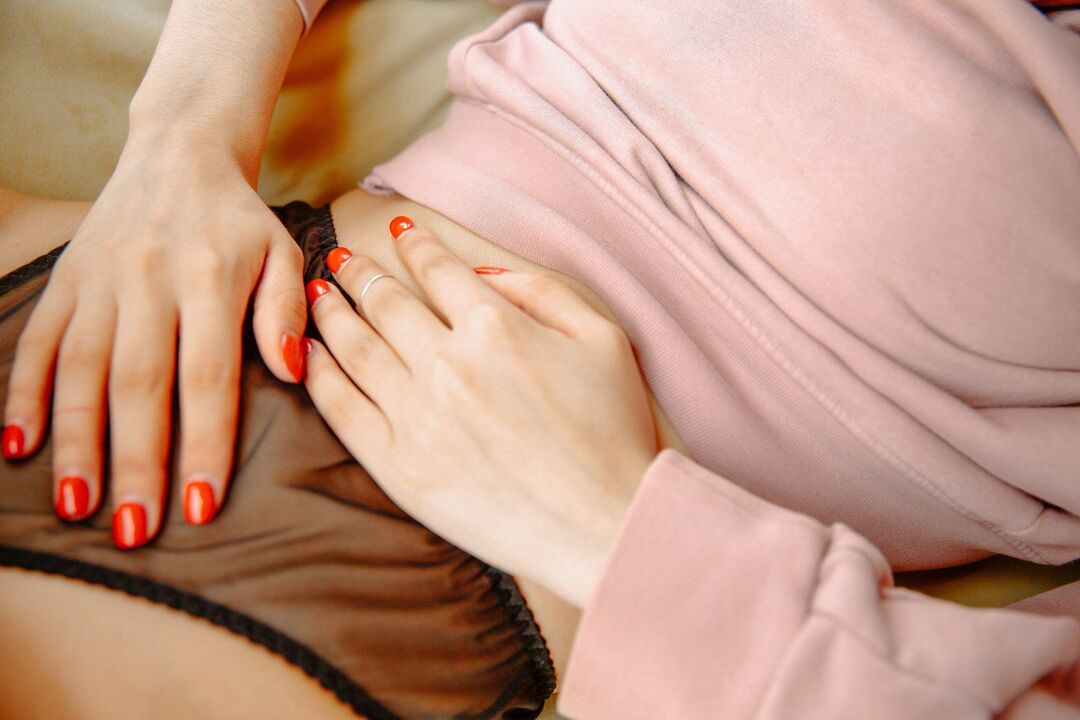
Regardless of the type of cystitis, treatment will include antibiotics, bed rest, dry heat, herbal decoctions, and adequate fluid intake.
symptoms of cystitis
Cystitis symptoms are basically the same in women, men, and children. Often, cystitis causes a small portion of frequent urination, with pain and a burning sensation. Urine becomes cloudy and emits a pungent, unpleasant odor. It is not uncommon for a small amount of blood to pass through the urine. With cystitis, weakness and pain in the lower back can be observed.
Cystitis symptoms are less pronounced in children and the elderly and can manifest as temperature changes, stomach pain, and nausea. In older age, cystitis may be asymptomatic. Another symptom of cystitis is urinary incontinence.
The first manifestation of this disease is frequent urination. The urge to go to the bathroom may occur every few minutes during the day and at night. Sometimes women lose control of this process and urinate spontaneously.
With the development of the inflammatory process, the clinical manifestations are complemented by the following symptoms:
- severe itching and burning of the vulva;
- Suprapubic pain radiating to the lower back;
- a slight increase in body temperature;
- A feeling of incomplete bladder emptying;
- Color change, urine smell.
In severe cases, an episode of cystitis is accompanied by high fever, nausea, vomiting, and blood in the urine.
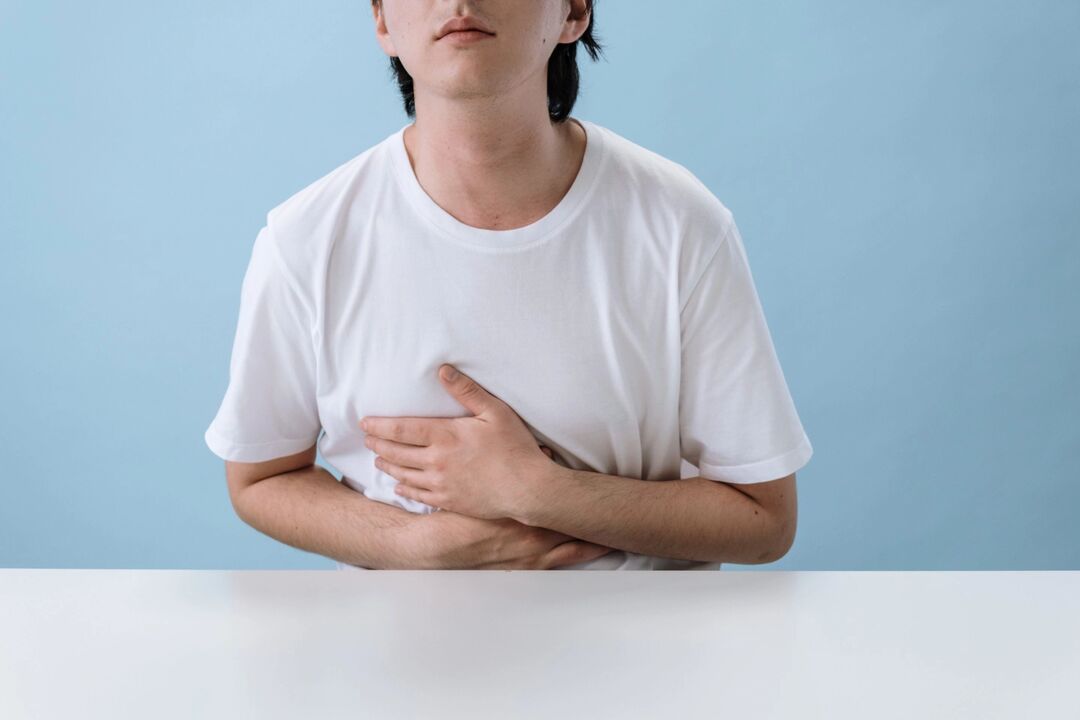
The symptoms of cystitis in women are difficulty urinating and nocturia. This state is characterized by effort to urinate (need to push), involuntary incontinence, and pain at the beginning and end of the voiding process. In acute inflammation of the bladder, body temperature rises and health diminishes.
The symptoms of cystitis in men are similar to those in women: frequent urination, especially at night, cramping and pain in the pubic and perineal areas, and the presence of mucus and blood in the urine.
Cystitis in a child is not always immediately certain, as it is more difficult for a child to explain the nature of his condition and pain, and a newborn cannot explain anything at all. Like adults, children often experience weakness, lower abdominal discomfort, pain, and burning. Urine color turns dark yellow. The child becomes lethargic and has a body temperature of 38°C. Cystitis is less common in boys than in girls.
Causes of Cystitis
The most common cause of cystitis is the passage of bacteria through the urethra into the bladder, especially E. coli. Cystitis occurs after sexual intercourse due to prolonged friction of the urethra. Usually, the first symptoms of postcoital cystitis are observed after 12 hours. The reason for the development of cystitis may be an allergy to intimate cosmetics. In children, cystitis can be caused by lesions in the urinary organs, which can fall back into the ureter when the flow of urine is disturbed. Older adults often have difficulty getting around and lead a sedentary lifestyle. This can lead to incomplete emptying of the bladder and poor urination, which can lead to the development of cystitis. Cystitis can affect people who often don't urinate for a variety of reasons. The presence of a tumor may be a cause of cystitis, but this phenomenon is uncommon.
The cause of cystitis in women is related to the disruption of the vaginal flora. In most cases, women show infectious and allergic inflammation. Gonorrhea, which has a low success rate, can cause cystitis. Hypothermia is considered a big risk for women. So let's focus on the most common causes of cystitis in women:
- failure to observe personal hygiene;
- hypothermia (sitting in the cold);
- Urine stasis;
- Immunocompromised;
- Pregnant;
- Surgical intervention of reproductive organs and their infections.
The cause of cystitis in men is the presence of diseases of the urinary system, and bladder inflammation is a complication. In general, the causes are similar to those in women: urinary stasis, hypothermia, E. coli, and gonorrhea (among other STDs) can also trigger the disease. Male cystitis may be associated with urogenital tuberculosis. In the presence of infectious and viral diseases, cystitis can develop due to the hematogenous route. Diabetes, abdominal trauma, stress, and surgical intervention of the genitourinary system contribute to the development of cystitis.
Classification of cystitis in women
Depending on the nature of the course, acute and chronic diseases are distinguished. Acute cystitis usually develops spontaneously after exposure to irritants. Chronic inflammation occurs if symptoms of the disease persist for more than 14 days.
In acute cystitis, the inflammatory process does not extend beyond the mucosa, submucosa. Clinical manifestations include frequent urination, pain in the bladder area, pus in the urine, incomplete bladder emptying, and phantom voiding.
A severe form of acute inflammation is accompanied by an increase in body temperature, severe poisoning. The pain sensation is not limited to the pubic area, but also affects the perineum and genitals. There are many white blood cells, bladder mucosa cells, bacteria in the urine.
Chronic cystitis in women is accompanied by structural changes that affect the bladder wall and muscles. In this case, the disease does not develop independently and usually precedes the kidneys, urethra, reproductive organs, bladder neck sclerosis, prostate adenoma, urolithiasis. Given the multifactorial etiology of chronic cystitis, in women, treatment is only an option after the cause of the disease's development has been identified.
The disease usually progresses with recurrence and worsening. In chronic inflammation, damage to the kidneys, neck, lateral, posterior and anterior walls of the bladder is not excluded.
Diagnosis of cystitis
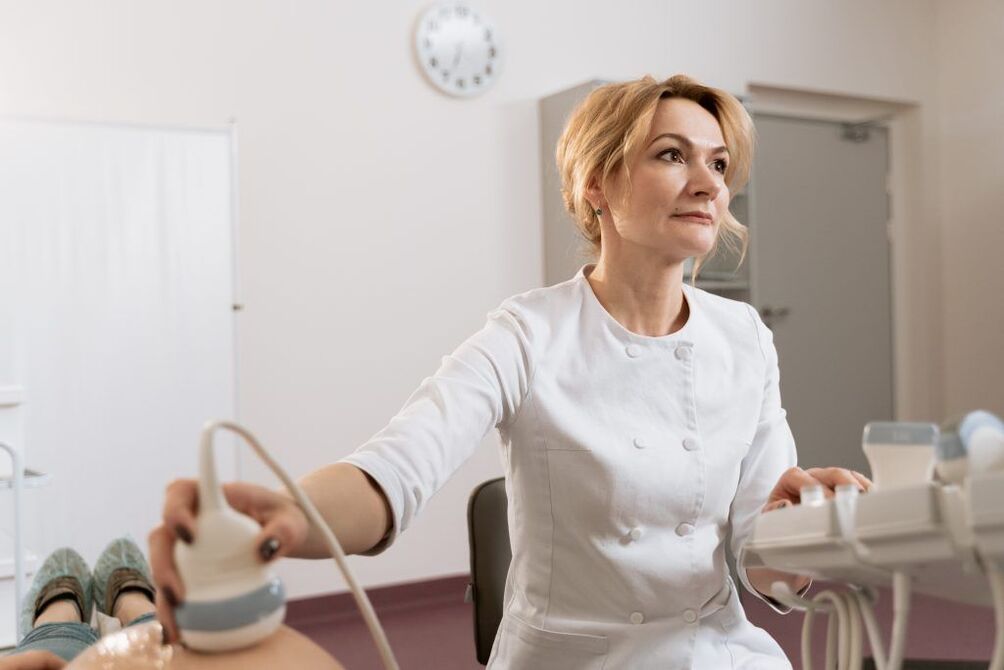
The diagnosis of cystitis is based on laboratory tests. To confirm or identify cystitis, patients may be referred for the following tests:
- Complete blood count - can identify inflammatory processes by increasing ESR and white blood cells;
- Urinalysis - shows protein in the presence of cystitis. Microscopic findings of cystitis deposits increase white and red blood cells. Urine with cystitis that becomes cloudy and may turn pink if bleeding;
- According to Nechiporenko's urinalysis - if there are red blood cells and a lot of white blood cells in the urine sediment, they turn to him. For this analysis, it is necessary to pass the average urine flow in the morning;
- A bacteriological diagnosis of urine can allow you to identify the culprit of cystitis. This is important for prescribing antibiotic treatment;
- Special test strips for white blood cells that allow you to count their high concentrations in urine;
- Nitrite test strips can detect urinary tract infections.
Women should not be tested with urine during menstruation because the results may be wrong.
Rules for passing a urine test for cystitis
Before you start collecting morning urine, you must rinse your genitals with warm water or an antiseptic solution. Avoid foods that can affect the color of your urine before a urine test, and preferably avoid preserves, juices, and kefir (which affects the acid flora). You also can't take diuretics and laxatives.
Treatment of cystitis
Can cystitis be cured permanently? This may be a major concern for people who have experienced the disease in person. This is possible if the right treatment is started at the right time. A urologist determines how and how to treat cystitis. Often, doctors choose complex treatments. In addition to medication, adherence to food, bed, and water regimens is also important. Let's clarify, water intake should be at least 2-2. 5 liters per day, diet means intake of diuretic products and rejection of alcohol, coffee, spicy, fried, smoked, salty, sour, canned food andAntiseptics. Adherence to these regimens is a general rule for treating cystitis in women, men and children. Let's examine various aspects of cystitis treatment in more detail.
Treatment of cystitis in women does not require hospitalization and can be done at home. Applying a heating pad to the lower abdomen and a warm bath will help with unpleasant symptoms. During treatment for cystitis, women will have to temporarily refuse sexual intercourse. The ideal outcome of treatment is the normalization of the vaginal microflora. Penicillin antibiotics are prescribed primarily for women to neutralize microbes and use a preparation of beneficial bacteria to stabilize microflora. Candles with belladonna will help relieve inflammation. According to the doctor's request, the treatment time does not exceed one week. Important question for women: How to treat cystitis during pregnancy, is it dangerous to the fetus? Cystitis is a disease that, if not properly treated during pregnancy, can lead to complications such as kidney infection and premature birth. For the treatment of cystitis during pregnancy, doctors choose the safest drug. Infectious cystitis poses difficulties because its treatment requires antibiotics that are not recommended for the fetus. To treat cystitis in pregnant women, pain relievers and anticholinergics, drugs that relax the bladder muscles, are used. Postpartum cystitis occurs due to the clamping position of the bladder and impaired circulation during labor, catheterization and cooling, and a weakened immune system postpartum. Cystitis that develops during breastfeeding is safer to treat with herbal preparations, but we must remember that, like any medicine, only a doctor can prescribe it.

To relieve pain and frequent urination, doctors prescribe antispasmodics and NSAIDs. The choice of drugs for male cystitis depends on the current pathology of the genitourinary system. Physiotherapy and nursing homes will be great helpers after an exacerbation and during remission.
Using antibiotics to treat cystitis:
- Fluoroquinolones
- Nitrofuran
Treatment of cystitis in children should only be prescribed and monitored by a doctor. Self-administration of antibiotics by children can lead to serious health problems in the future. A sick child, like a sick adult, needs rest, food, and a warm sitz bath. In the acute form, uremic, analgesic, and antibacterial drugs are commonly prescribed. The main task of parents in the treatment of children is strict adherence to medical advice, especially the dosage and duration of medication. Chronic cystitis in children is mainly the result of diseases such as phimosis, genital infection, urethritis, and diverticulum. This suggests that, based on comorbidities, treatment of chronic cystitis will be queued.
To prevent cystitis in children and adults, it is useful to take precautions. Prevention of cystitis includes following hygiene rules (daily procedures with soap and water), wearing clean sheets, boosting immunity, competence and healthy nutrition.
Medications for Cystitis
Preparations for cystitis in women, men, and children include antibiotics, anti-inflammatory drugs, and general supplements. Drugs of choice for cystitis with active ingredients: fosfomycin, nitrofurantoin, nitrofurazone. Alternative antimicrobial therapy for cystitis with active ingredients: ofloxacin, ciprofloxacin hydrochloride, levofloxacin hemihydrate. The first three drugs have been used to treat cystitis for many years but have not lost their relevance. Let us consider the characteristics of cystitis drugs in more detail.
Broad spectrum antibacterial agent. The courses of these drugs vary from one week to ten days. It is recommended to eat after meals. These cystitis remedies are great for first aid in acute exacerbations. Disadvantages of the drug include a plethora of side effects.
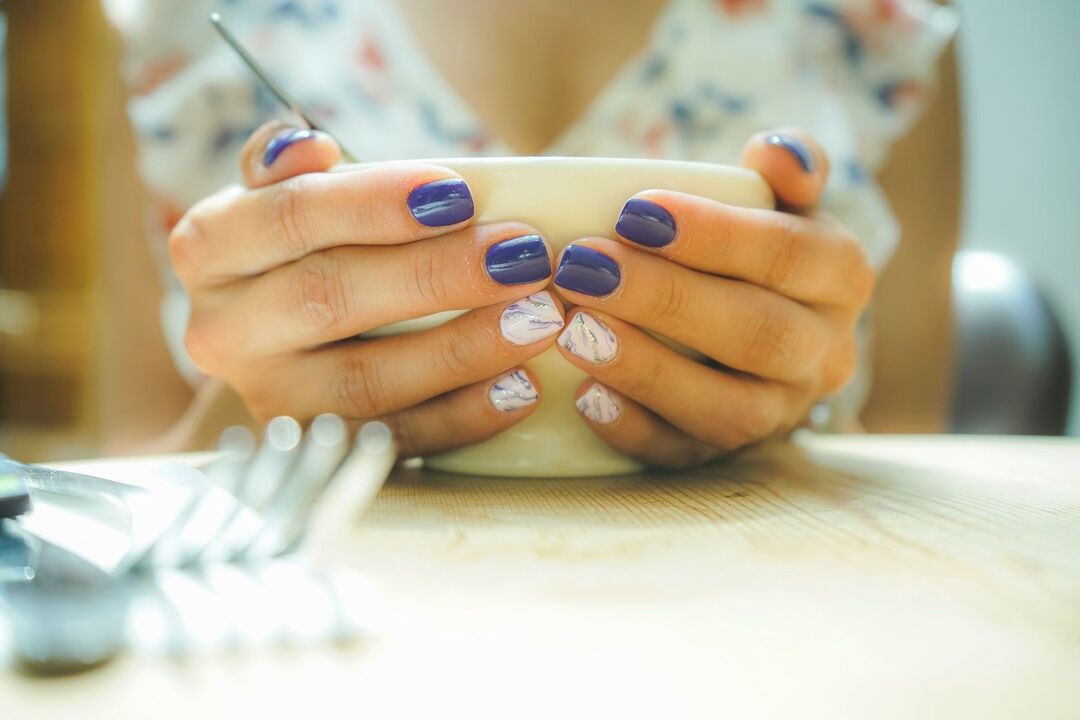
It can be said that fosfomycin is an ideal antibiotic for the treatment of cystitis. It is available in tablet and powder form and is soluble in water. This modern tool has a minimal list of side effects, which is definitely an advantage when choosing a drug. The drug has a rapid absorption and point of action against the bacteria that cause the development of cystitis. With just one tablet from cystitis, you can achieve a successful treatment. It's hard to believe, but it turns out that a single dose of antibiotics helps eliminate all the unpleasant symptoms of cystitis. But that's not all advantages: fosfomycin substances are effective and safe for treating cystitis during pregnancy. It is recommended to take it before going to bed and after urinating. The effect of antibiotics lasts for 3 days.
In the treatment of cystitis, herbal remedies have also shown their effectiveness and can be used in combination with antibiotics to enhance the treatment and prevent further exacerbations after prolonged acute attacks. For this, long-term use of various diuretic and antiseptic herbal preparations or decoctions of official herbs is recommended. Treatment of cystitis with herbal medicine is successfully combined with drug therapy. Studies have shown that the results of the herbal medicine are observed within a few weeks. The advantage of using herbal preparations is their naturalness. But plants aren't always safe for our bodies, so it's important to respect the dosage. The dosage of herbal preparations used depends on the age of the patient. So, for example, the daily dose of herbal tea for children under 1 year is half a teaspoon, for children under 3 years - 1 teaspoon, for 6 to 10 years old - 1 tablespoon, for adults - 2 tablespoons. Here is an example of a herbal collection recipe for cystitis that you can cook yourself at home.
Prevention of cystitis in women
In half of the cases, cystitis in women recurs. To prevent the onset of the disease and its recurrence, it is enough to follow some simple advice:
- Pay more attention to personal hygiene. Girls should be taught from an early age to keep their genitals especially clean, to wash themselves and to change their underwear every day.
- Women should pay attention to its ingredients when choosing underwear. You cannot wear products made of synthetic fibers that are not the right size.
- Drink plenty of purified water. Maintaining a normal water balance in the body can strengthen the immune system, and frequent urination can accelerate the removal of pathogenic microorganisms from the genitourinary system.
- Avoid hypothermia, dress according to the season, and avoid short skirts and thin tights in cold seasons.
- Don't put up with the urge to urinate.
Many women don't think of cystitis as a serious condition and try to deal with the pain on their own. It's especially dangerous when antibiotics are started on the advice of a friend or acquaintance. At the first symptoms of the pathology, it is necessary to consult a doctor and strictly follow all his recommendations. The treatment regimen is strictly selected individually according to the nature of the disease course, its form and the presence of accompanying pathology.





























